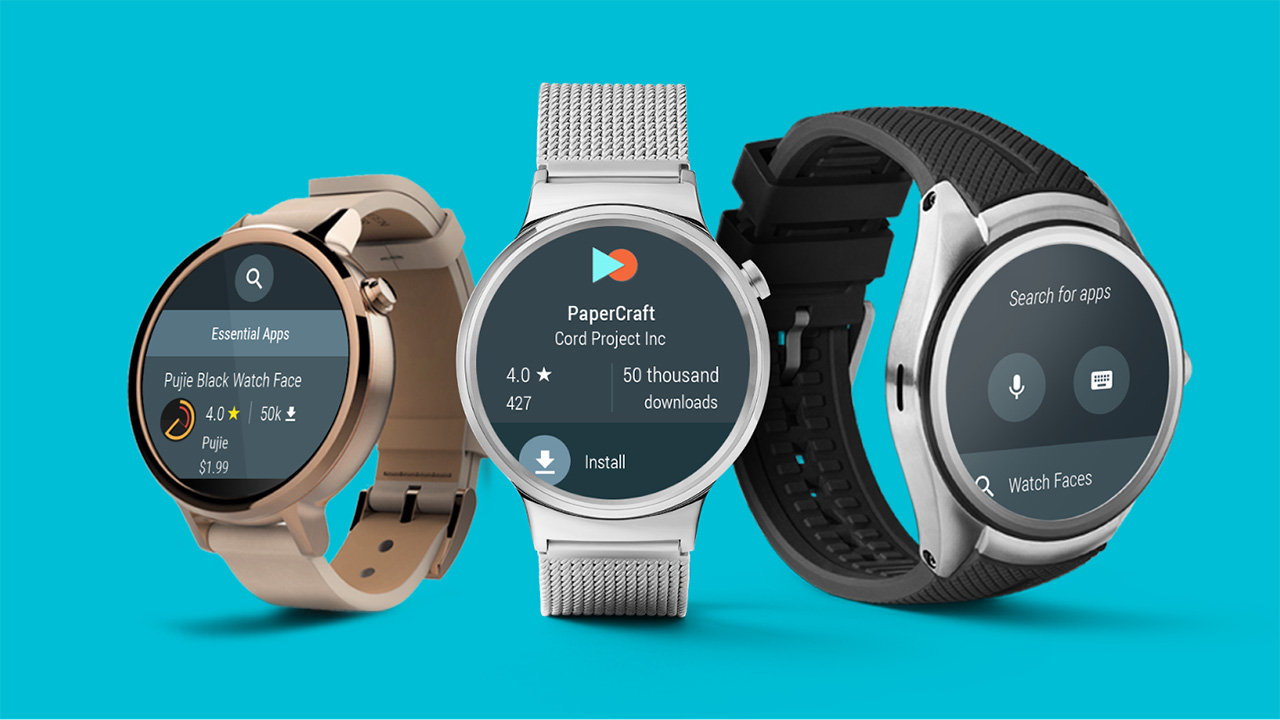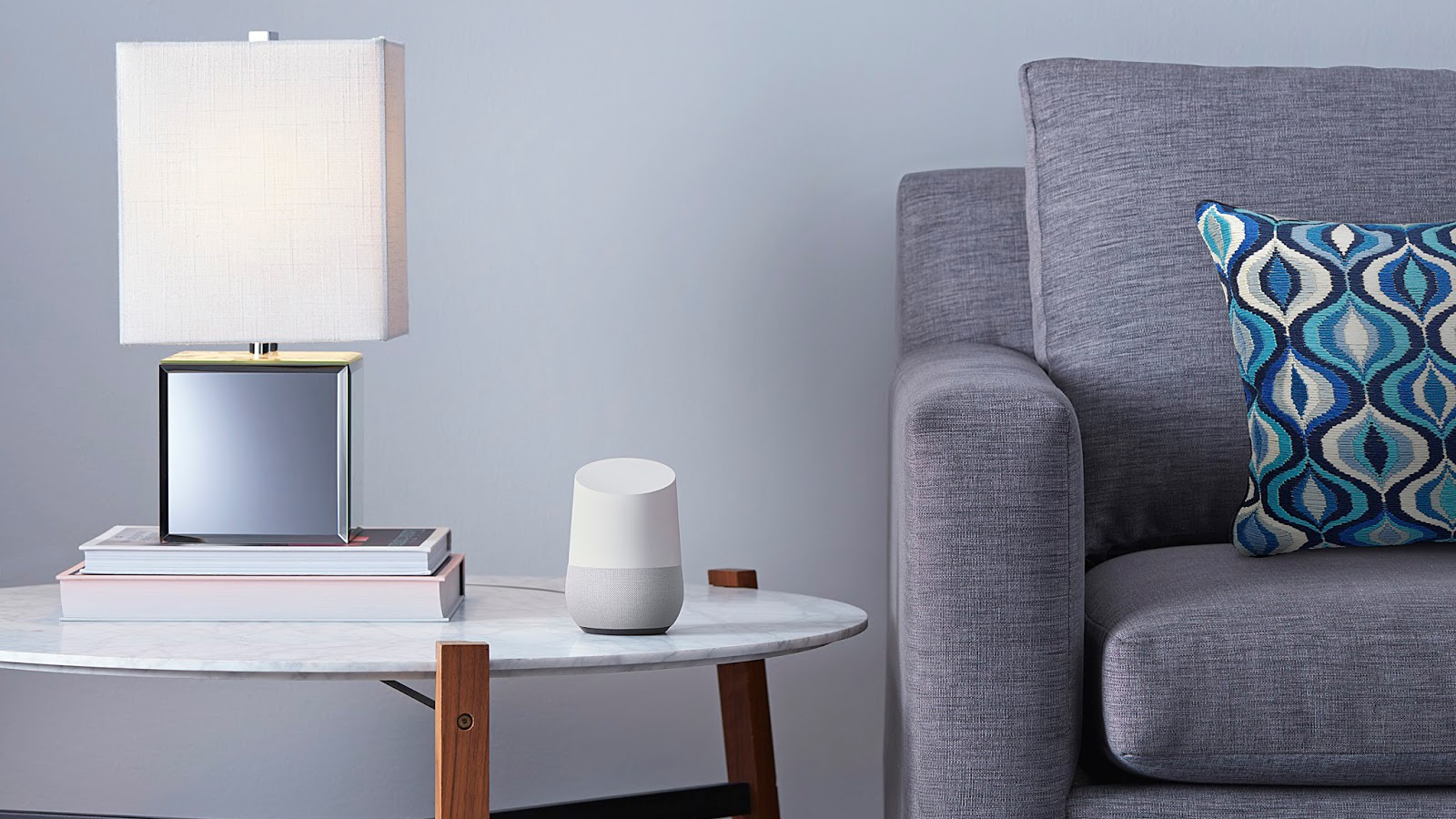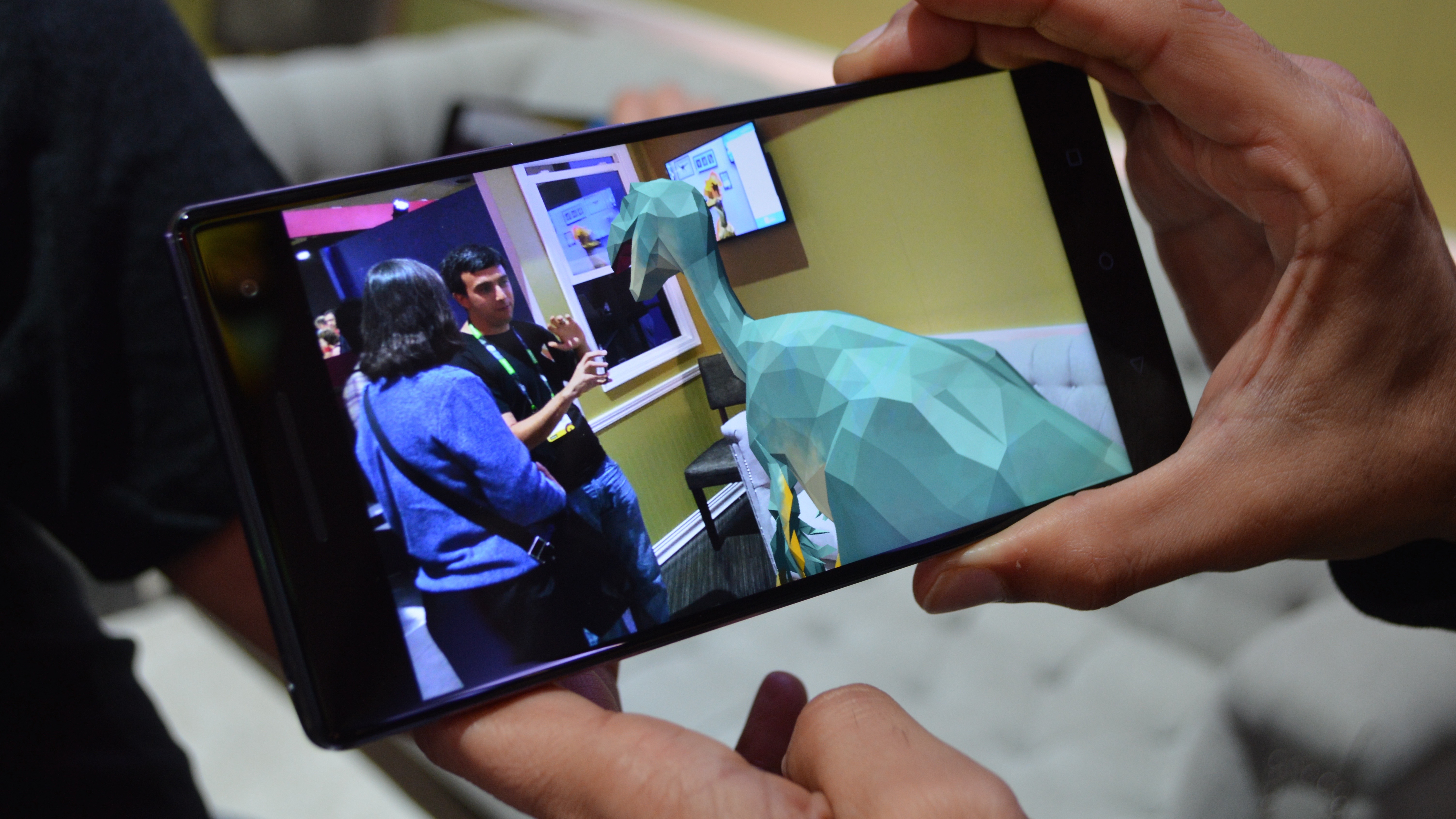Tech in 2017: 10 big things to look forward to in the New Year
iPhone 8, Nintendo Switch ... there are lots of reasons to be excited

2017 promises to be a massive year in tech. From seismic console releases to 10-year anniversaries of iconic products to the fate of certain categories finally being decided, the New Year holds a ton of promise, excitement and nerves, depending on where you stand.
Here’s a look at 10 things in tech to look forward to in 2017, in no particular order. Plus, we want to hear from you! Drop us a line in the comments section about what you’re most excited to see in the coming year.
1. iPhone 8

Though its name is still up for debate - will it be the iPhone 7S or iPhone 8? - whatever Apple announces come September, it promises to be big.
This is the 10th anniversary of the iPhone after all, and to let the opportunity to do something special slip by would be a shame. Apple, always one for spectacle, probably won’t disappoint.
All signs point to overhauls of the iPhone’s design, specs and features, including a curved AMOLED display, no home buttons or bezels, a sloped glass back, possible AR powers and wireless charging. That’s just the tip of the iceberg when it comes to rumored changes for the iPhone in its double-digit year, and we can’t wait to see what Apple has in store.
2. Nintendo Switch

A poll of the TechRadar offices for this list turned up the Nintendo Switch again and again as one of the things - if not the thing - we’re most looking forward to in 2017.
The Switch marks Nintendo’s first console since the Wii U and its first handheld since the New Nintendo 3DS. Confused? You see, that’s what makes the Switch possibly one of the most revolutionary consoles ever: it’s a hybrid gaming machine that lets you literally switch (hehe) from playing it as a traditional console in your living room to a handheld you take on the go.
Sign up for breaking news, reviews, opinion, top tech deals, and more.
Though leaked specs point to the Switch losing a considerable amount of power in handheld mode, this is still a revolution for Nintendo and could rocket it back to the top of the gaming world, especially if its price comes in at the $249 (£200/around AU$330) mark we expect it to.
The best news about the Nintendo Switch? We don’t have to wait long to get our mitts on it - the Switch is due out in March.
3. Surface Pro 5

Riding a wave of solid releases and Apple miscues, we’re turning to Microsoft to deliver even more with the fifth edition of the Surface Pro tablet.
We’re not asking much from the Surface Pro 5 - just better battery life, a bigger and crisper screen (4K, anyone?) and USB-C. In other words, Microsoft can stand to improve its slate in the New Year, and we’re looking forward to seeing whether it can do just that.
Not only would this mean a better product for customers to buy, it would also put even more pressure on Apple and other tablet and laptop makers to step up their game. Just like the iPhone 8, Surface Pro is hitting a milestone this year, and Microsoft could leave an indelible impression on 2017 by making one hell of a good slate. Look for the Surface Pro 5 in the spring.
4. Samsung’s bounce back and the Galaxy S8

Look, this was a bad year for Samsung. Despite the stellar Galaxy S7 and even better Galaxy S7 Edge, Samsung’s 2016 was marred by the debacle of the Galaxy Note 7.
To borrow a quote from American banking history, Samsung is still too big to fail, but the twice-recalled Note 7 is a huge stain on its reputation, and one it will need to recover from in 2017. The good news is that the page could start to turn with the Galaxy S8.
Expected to be unveiled at February’s MWC, both versions of the S8 may feature a curved display, while the larger one could finally push the boundaries to 4K. The phone’s design might only hold refinements - there’s not much to improve on from the S7 - but other areas of advancement include the camera and processing power. And a “beast mode” trademark points to Samsung taking its mobiles up a notch in 2017, though hopefully safely.
That’s not to say anything of the Galaxy Note 8, which if released Samsung will undoubtedly look to redeem itself even further with, nor Gear VR. Samsung already revealed it as big plans on the virtual and augmented reality fronts, and may even have a demo of the AR tech it’s working on ready for MWC. Now that sounds promising.
5. New, less expensive VR headsets

If 2016 was the year virtual reality (VR) came into its own, then 2017 will be the year prices come down.
Leading the charge are a new set of Windows 10 VR headsets from the likes of Acer, Asus, Dell, HP and Lenovo due out next year. These “mixed reality head-mounted displays” will start at $299 (about £245, AU$295), significantly cheaper than the $600 (£499, AU$859) - $799 (£689, €899) range of the Oculus Rift and HTC Vive.
Though not as powerful as their higher-end counterparts, this new wave of headsets won’t require as powerful a PC, lowering the bar to entry even further.
And with the aforementioned Samsung Gear VR ($99/about £80 or AU$130) and Google Daydream View ($79/£69/about AU$104) already driving the price of mobile VR down, this could be the year solid yet less expensive headsets become accessible to everyone.
6. Better, richer, more varied VR content

Makers of VR headsets are well aware that, right now, their machines are viewed as expensive gaming devices. Yes, the games are good and getting better, but the next big thing in VR centers around other kinds of content.
We’re talking movies, TV shows, graphic novels, comics, sports and more. A wide-range of compelling experiences stands to come to the fore in 2017 as more publishers, developers, film makers, journalists and content creators get their hands on VR and discover new ways of telling stories.
This revolution is already under way - Qualcomm and Power Rangers are showing off a VR experience tied to the spring film at CES 2017, and the NBA now offers a live weekly game presented in VR via its League Pass service.
In 2017, better, richer, and more varied VR content is bound to take off. Let’s just say, we’ve got our headsets at the ready.
7. The fate of wearables

2017 is going to be a turning point for wearables. Coming off a difficult 2016, where sales plummeted, top hardware makers shied away from releasing new devices and Pebble products went the way of the dodo, it’s easy to take a bleak view of the sector.
However, there is hope. As our Cameron Faulkner put forth, now is the time for wearable manufacturers “to cut the excess, and focus in on delivering more polished, accurate and ambitious products to market.” There’s still plenty of untapped potential in the space, and if wearable warriors can strike the balance between fashion and functionality while offering consumers devices they can’t live without, this could be the year that redefines smartwatches and fitness trackers for good.
Android Wear 2.0 is leading the way in early 2017 (with the help of two flagship smartwatches confirmed by Google), and we're excited to see if wearables can land on their feet. Er, wrists.
8. The continued surge of smart home products

This was the year some of the biggest names in tech made plays for our homes. Google Home and Amazon Echo smart speakers exploded onto the scene, but if you think that’s the plateau for smart home innovation, think again.
Microsoft has already said it plans to bring its virtual assistant Cortana to Internet-of-Things connected devices in the New Year, including fridges, other kitchen appliances and thermostats. If it has a screen, chances are Cortana will find its way to it.
And word is Apple is planning a smart speaker, too. This wouldn't surprise us in the least given the tech giant's penchant for waiting out the first wave of new product categories, then releasing a version of its own. The rumored Apple speaker is said to have emotion-sensing powers, which is equal parts creepy and cool. If Apple is looking to make a bang at the iPhone's 10th birthday party, a super-smart home speaker could help the cause.
Admittedly, none of these innovations will be as cool as Mark Zuckerberg’s Morgan Freeman-voiced home AI, but then again, what could be?
9. Microsoft Project Scorpio

Microsoft released an excellent console this year in the Xbox One S, but Project Scorpio stands to surpass it during next year's holidays, and then some.
Project Scorpio - probably not the name it will release under - may redefine what consoles are capable of, and it's already got us licking our chops. That's thanks to promised gaming at native resolutions of up to 4K, HDR support and high-end VR capabilities.
Sweetening the sounds of Scorpio even more is its possible price. Xbox head Phil Spencer said Microsoft wants to keep the ultra-powerful machine at a console price point and not take it to the level of PCs. That's good news for gamers.
We'll have to wait until later in the year for Project Scorpio, but we suggest circling 'late 2017' in your calendars now.
10. Lots more augmented reality

One of the biggest stories of 2016 was the insane popularity of Pokémon Go, a mobile game that used augmented reality (AR) to bring the pocket monsters to life in the real world. Heading into 2017. don't expect AR to fade quietly into the sunset, even if Go's novelty has worn off.
After seeing the success of Pokémon Go, look for more game and app makers to tap into AR to deliver another layer of immersion to their creations. And with the game making the leap to Apple Watch, wearables are the next home for mixed reality experiences.
AR is also settling right in with other gadgets as well. The incredibly fun Lenovo Phab 2 Pro, the first phone equipped with Google's Tango AR tech, was released this year. More Tango handsets, including smaller devices, are due out in 2017.
Microsoft has in many ways led the AR charge, namely with its HoloLens viewer and Windows Holographic OS, which the company opened up to all manufacturers this year. We should hear plenty more on Microsoft's AR vision, including a potentially lower price for HoloLens, during Build 2017 in May.
Finally, with Tim Cook indicating Apple's interests lie in augmented over virtual reality and a mystery product due from Magic Leap at some point, AR looks poised to ride the wave of its 2016 success well into the New Year and beyond.

Michelle was previously a news editor at TechRadar, leading consumer tech news and reviews. Michelle is now a Content Strategist at Facebook. A versatile, highly effective content writer and skilled editor with a keen eye for detail, Michelle is a collaborative problem solver and covered everything from smartwatches and microprocessors to VR and self-driving cars.